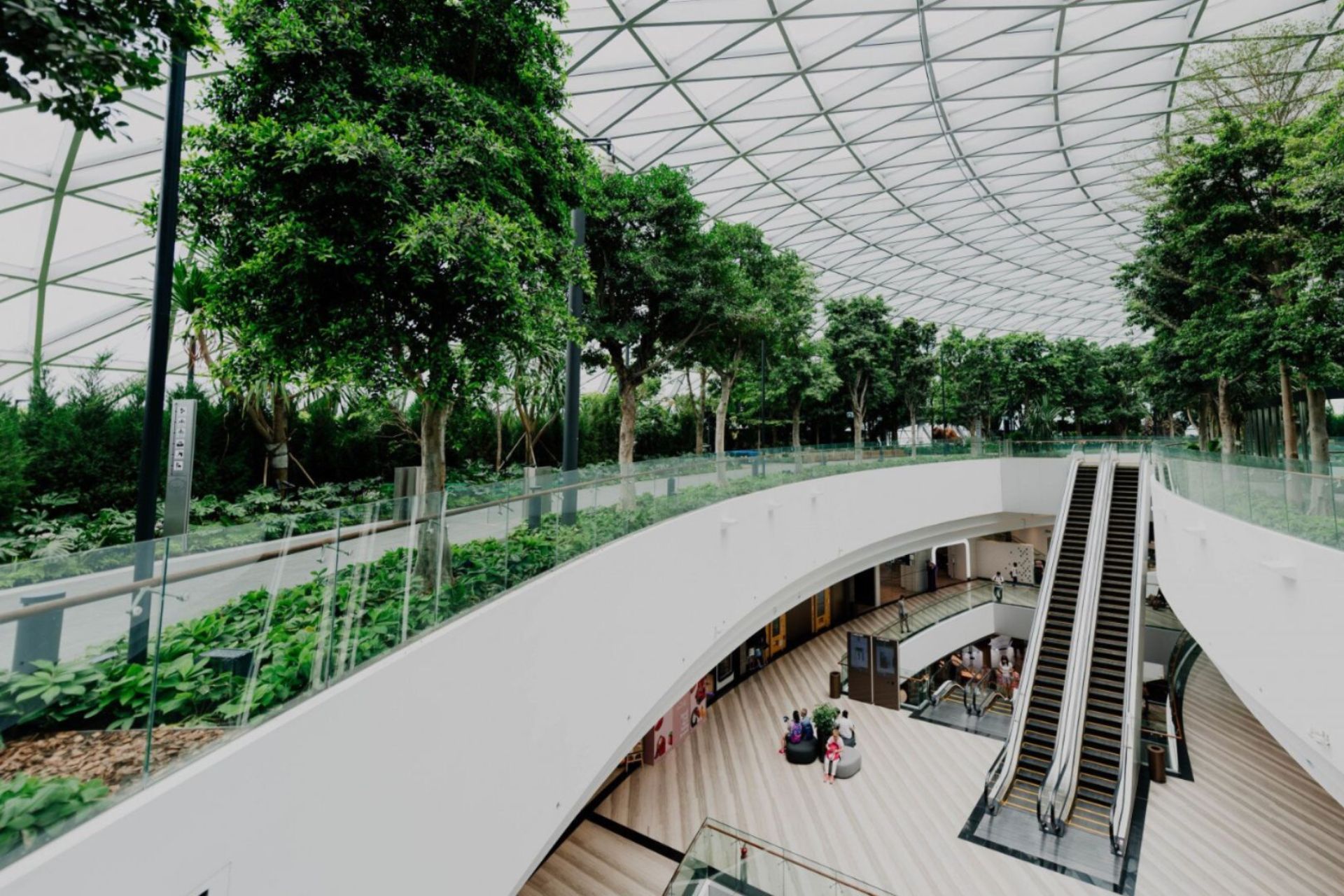Qu’est ce que le Design Biophilique?

The biophilic design is the approach that aims to incorporate natural elements into interior spaces, thus establishing a more intense connection between the people thethe nature.
Biophilic design arises from the need to create spaces where people can live and work in a healthy way and are less susceptible to stress. People's natural connection to nature will make biophilia a lasting trend in interior design.


KEY PRINCIPLES OF BIOPHILIC DESIGN


NATURE IN SPACE
It is the direct and temporary incorporation of natural elements into a specific environment.
This concept includes the presence of water, flora and fauna, as well as sounds, smells and other characteristics of nature. Common examples include potted plants, flower beds, water features, aquariums, fountains, indoor gardens and green walls. In this category, the most striking interactions occur through visual, sensory and thermal stimuli, as well as through light and water.
NATURAL ANALOGY
It refers to the use of materials, patterns, art, colors and shapes inspired by nature, integrated into the design of the building, facade, interiors and furniture.
These elements provide an indirect connection to nature, being real but simulated representations of the elements in their natural state.
THE NATURE OF SPACE
It is the introduction of natural elements into physical environments with the aim of recreating the connection between man and nature.
Biophilic design seeks to transmit sensations of well-being, comfort, serenity and tranquility through the diversity of natural elements present in the space, thus providing enriching and revitalizing experiences.



ASPECTS OF BIOPHILIC DESIGN
NATURAL MATERIALS
The use of materials that evoke nature, such as wood, stone, bamboo and natural fibers, both in furniture and finishes.
USE OF NATURAL PLANTS
Incorporating living plants, vertical gardens and green roofs into indoor and outdoor spaces to improve air quality and aesthetics.
NATURAL LIGHT
Maximize natural light through large windows, skylights and other openings to reduce reliance on artificial lighting and improve well-being.
EARTHY COLORS
Use of a color palette that references earthy and natural elements, such as shades of green, brown, blue and other tones that resemble the natural environment.
ORGANIC FORMS
Application of non-linear and organic shapes that imitate shapes found in nature, contrasting the rigid lines and geometric shapes typical of urban architecture.
TACTILE SENSATIONS
Incorporation of textures that provide a rich tactile experience, evoking pleasant sensations to the touch, similar to those found in nature.

WHAT ARE THE BENEFITS OF BIOPHILIC DESIGN?
In addition to being a sustainable concept, biophilic design brings notable benefits to the health and well-being of its users. Benefits can be divided into three main categories:
COGNITIVE BENEFITS
- Améliore l’agilité mentale et la mémoire.
- Increases learning capacity.
- Stimulates logical and creative reasoning.
PSYCHOLOGICAL BENEFITSS
- Increases attention and concentration levels.
- Improves emotion management and reduces stress.
- Improves general mood.
PHYSICAL BENEFITS
- Induces muscle relaxation.
- Reduces blood pressure.
- Reduces stress levels.
These benefits are a direct result of the integration of natural elements into indoor environments, promoting a greater connection with nature and positively influencing the physical and mental health of individuals.
THE IMPORTANCE OF MINIMALIST FRAMEWORK IN BIOPHILIC DESIGN
The minimalist frames play a crucial role in biophilic design, with an emphasis on simplicity and maximum integration with the natural environment. These aspects are fundamental to creating a perfect connection between inside and outside, one of the central principles of biophilic design.
This style of window and door design is characterized by clean lines and nearly invisible structures, allowing for unobstructed views and lots of natural light.









